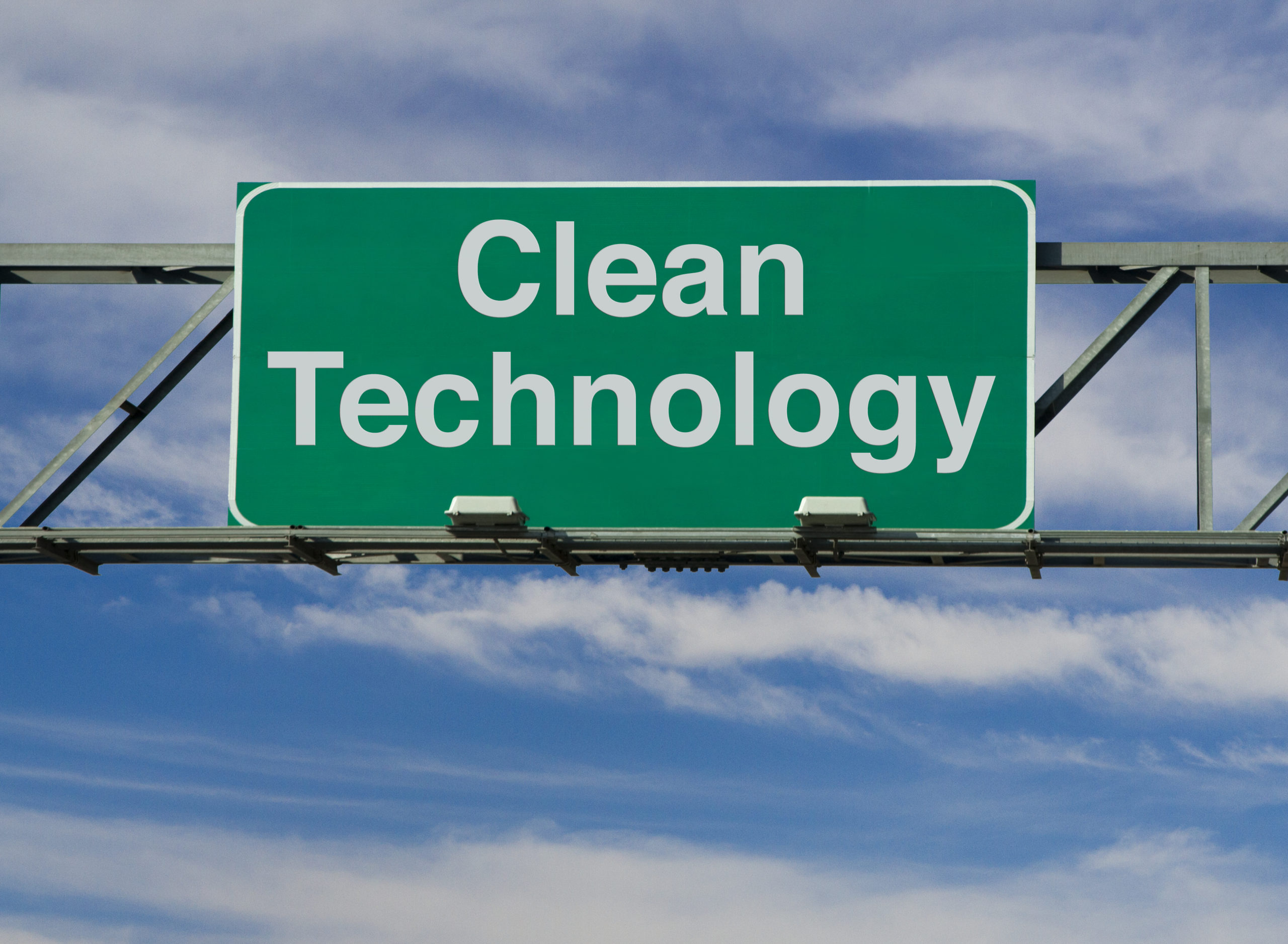CyclAFlor® Applications

Greenhouse Gas Mitigation
CyclAFlor® Separator enables greenhouse gas mitigation and clean fuel production, helping to reduce global warming. Used as the active coating in gas separation membranes, Separator can:
- remove carbon dioxide from methane in natural gas production
- purify hydrogen made from methane and ammonia
- separate azeotropic refrigerant mixtures and blends
We optimize the selectivity, permeability, and physical properties of Separator for membrane systems designed to remove greenhouse gases from the atmosphere.
Natural gas is considered the most environmentally-friendly carbon-based fuel. Its global production has been steadily increasing, due in large part to the fracking revolution. Natural gas as produced at the wellhead, however, typically contains a mix of components besides methane, including heavier hydrocarbons (e.g., ethane, propane, butane), as well as acidic contaminants such as hydrogen sulfide and carbon dioxide. The latter is a well-known greenhouse gas.
Membrane systems made with Separator can remove these contaminants from methane in natural gas production (a process called “sweetening sour gas”). A membrane is basically a barrier that allows certain gases to pass through it, while blocking others. Once separated from methane, the carbon dioxide can be “captured” by pumping it back into the ground to enhance production of the well, catalyzed and transformed into renewable feedstocks (e.g., ethylene, propylene) for the chemical and plastics industries, or used for carbonation instead of being released into the atmosphere where it would contribute to global warming. Separator enables membrane systems that have lower capital and operating costs and are more environmentally friendly than amine scrubbers (currently the leading natural gas “sweetening” technology) of similar capacity.
Hydrogen purified with Separator membranes can be used as a fuel, as well as to make alkylates that raise the octane of automotive and aviation fuels so they burn more cleanly.
Use of refrigerants with lower global warming potential (GWP) is a strong worldwide trend gaining momentum. Using Separator membrane systems for azeotropic refrigerant reclamation can eliminate millions of tons of high GWP refrigerants from the environment and slow the rate of global warming.
